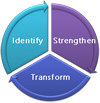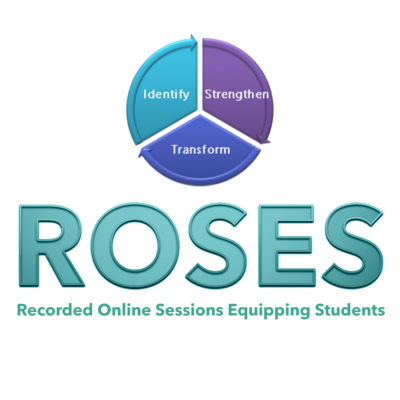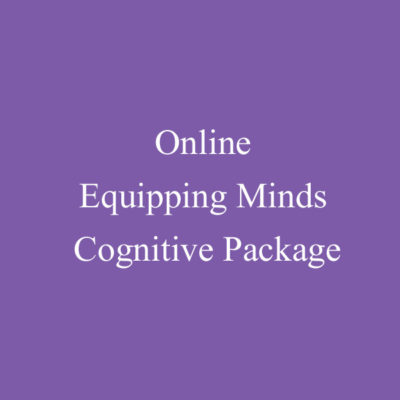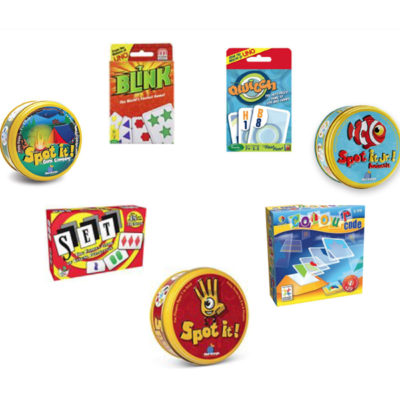Cognitive Curriculum for Young Children
Ages 3-6
BRIGHT START is a research-based, nationally validated early intervention program with a proven record of remarkable success. It was designed to increase the intelligence and learning efficiency of young children who are most at risk for school failure. The curriculum uses a unique meditational teaching style that focuses on both the content and process of instruction, as well as attention to family participation to ensure continuity and generalization across environments.
BRIGHT START students show:
- Significant IQ gains of 10-12 points in one year compared to no gain for control groups
- More enthusiasm for learning, improved language use, and increased confidence in problem solving
- Sustained academic achievement in subsequent years
BRIGHT START translates research about young children’s development into practical teaching strategies that result in measurable gains. The program teaches thinking processes through metacognitive strategies that help students generate, select, and apply appropriate cognitive processes in specific situations. It raises achievement levels by helping students “learn how to learn”, while improving self-control, responsibility, and sharing.
BRIGHT START is proven to:
- Accelerate the development of basic cognitive functions and remediate deficient cognitive functions
- Develop task intrinsic motivation
- Develop representational thought
- Enhance learning effectiveness and readiness for school learning
- Reduce the need for special services in later years
BRIGHT START develops verbal, auditory, and fine motor skills for early academic success and accommodates diverse abilities, backgrounds, and developmental levels. Seven cognitive units of classroom-validated activities were designed to be taught in small group lessons lasting approximately twenty minutes per day. Students apply and discuss these processes throughout the day, at school and at home.
BRIGHT START units include:
- Self Regulation (learn behavioral control in a social context)
- Number Concepts (ordinal and cardinal number, correspondence, conservation, counting)
- Comparison (compare on single and multiple dimensions)
- Role Taking (taking on different perspectives)
- Classification (group according to similarity, label, identify by position)
- Sequence and Patterns (introduce cumulative, alternating, and repeating pattern and sequence)
- Letter Shape Concepts (identify and generalize alphabet characteristics)




Trackbacks/Pingbacks